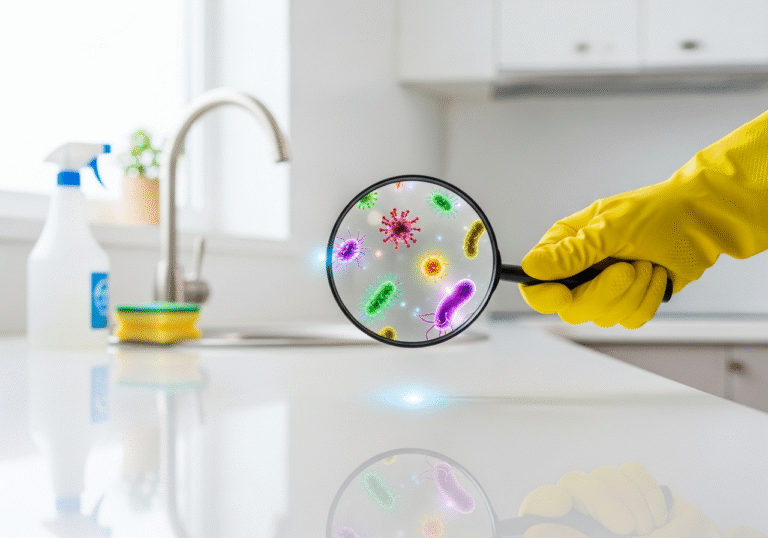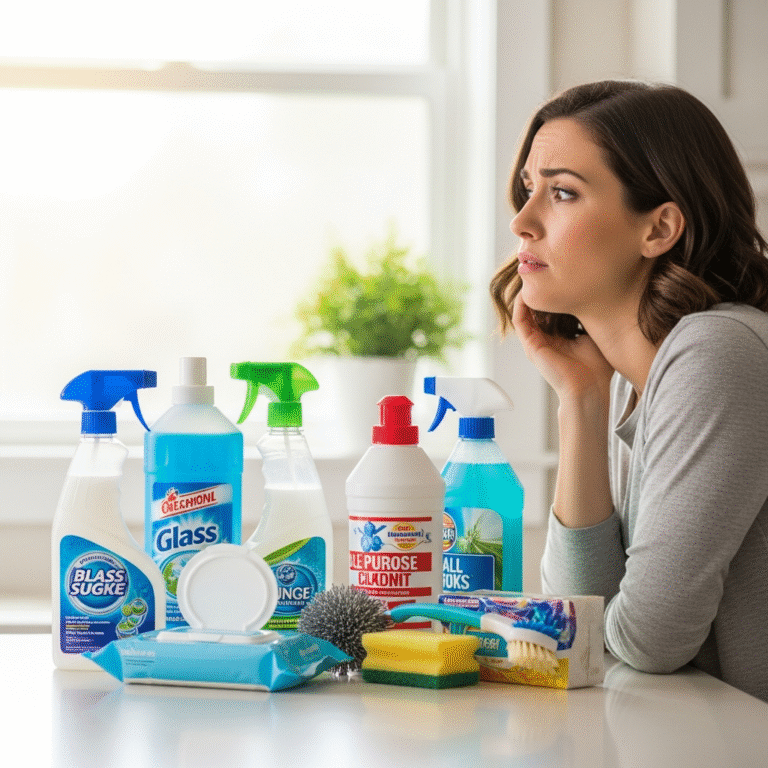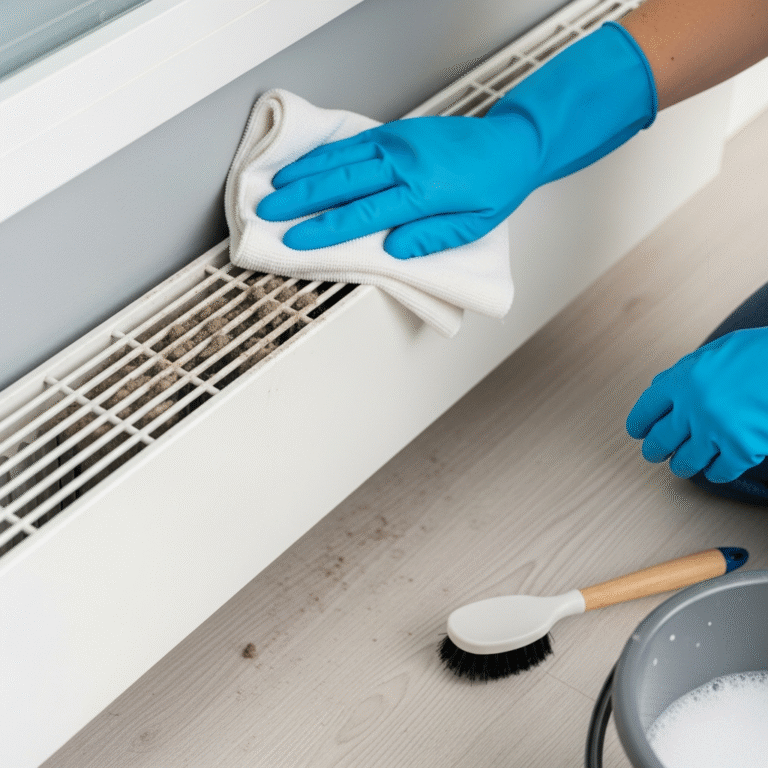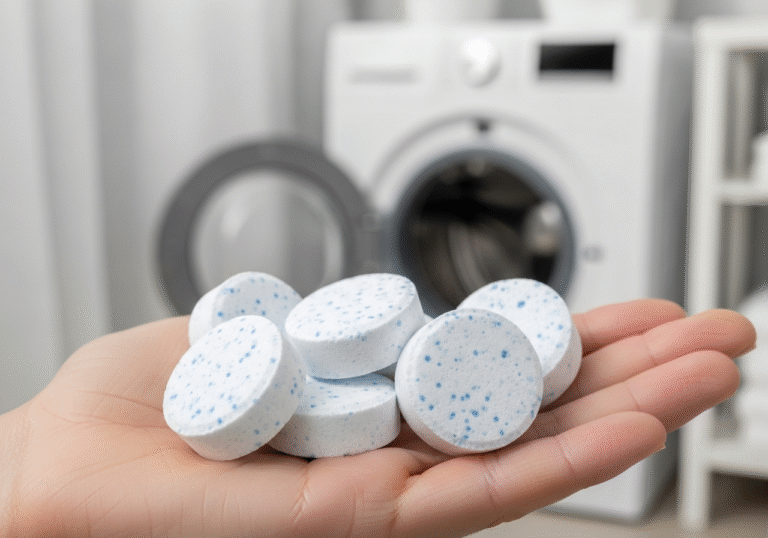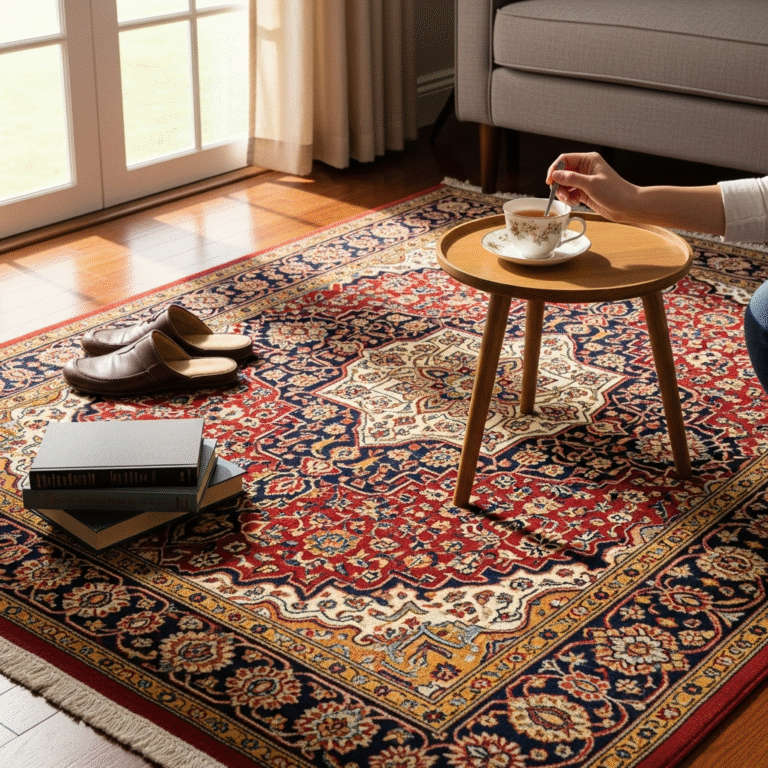Keep Your Home Comfortable isn’t just about adjusting the thermostat; it involves maintaining the right balance of humidity throughout your home, from the basement to the attic. Too much moisture can make your home feel stuffy and can lead to mold and mildew issues, while too little can cause dry skin and respiratory problems. Let’s dive into how you can control humidity levels across different areas of your home, ensuring a comfortable living environment year-round.
In the Basement: Combat Moisture at Its Source
Basements often bear the brunt of humidity issues in a home due to their below-ground location, making them inherently prone to dampness and mustiness. Addressing humidity in the basement is crucial not only for the comfort and usability of the space itself but also for the overall air quality and structural integrity of your entire home. Here are some effective strategies to keep your basement dry and comfortable:
Deploying a Dehumidifier is among the most direct and effective methods to manage moisture levels in your basement. A high-quality dehumidifier can significantly reduce humidity, making the air feel cooler and more comfortable while also preventing the growth of mold and mildew, which thrive in moist environments. It’s important to choose a dehumidifier that is appropriately sized for your basement area and to empty the collected water regularly to ensure it continues to operate efficiently.
Sealing Leaks plays a pivotal role in moisture control. Basements are particularly vulnerable to water seepage due to their proximity to the ground. This moisture can enter through cracks in the foundation walls or floor, contributing to the overall humidity level of the space. Regular inspections can help identify any new cracks or leaks early on. Once found, these should be sealed with appropriate waterproofing materials. Not only does this prevent moisture from entering, but it also contributes to the structural health of your home.
Improving Drainage around your property is essential to divert water away from your foundation, preventing it from collecting around your home and eventually finding its way into your basement. This might involve regrading the soil around your home’s foundation to slope away from the house, ensuring that downspouts extend several feet from the house, and keeping gutters clean and free of debris. These measures help to ensure that rainwater and melting snow are directed away from your home, reducing the likelihood of it seeping into the basement.
Additionally, Ventilating the Space effectively can aid in reducing moisture levels. If your basement has windows, opening them during dry, sunny days can help lower humidity by allowing fresh air to circulate. For basements without windows, installing a ventilation system or using fans can help move air through the space, preventing it from becoming stagnant and moist.
Finally, consider the Use of Waterproofing Paints and Sealants on interior basement walls and floors. These products can provide an additional layer of protection against moisture, preventing it from seeping through the porous concrete and into your basement. While not a solution for major leaks or flooding, they can be effective for controlling dampness and condensation.

On the Main Floors: Maintain a Balanced Environment
Maintaining a balanced environment in the living areas of your home, where humidity levels are kept between 30% and 50%, is vital for both comfort and health. Achieving this balance involves a combination of techniques that manage moisture and ensure a pleasant living space.
Ventilating your space effectively is key. Kitchens and bathrooms are hotspots for humidity, thanks to activities like cooking, dishwashing, and showering. Utilizing exhaust fans in these areas can significantly help in mitigating moisture accumulation. These fans work by pulling the humid air out of your home, preventing it from circulating and settling in your living spaces. Ensuring that these fans vent outside and not just into your attic or another room is crucial for this strategy to be effective.
Incorporating houseplants into your decor can also play a role in humidity control. Certain plants have the natural ability to absorb moisture from the air through a process known as transpiration. By placing these plants around your home, you can harness this natural process to help regulate indoor humidity levels. Not only do these plants help in controlling moisture, but they also add to the aesthetic appeal of your space and improve air quality by removing toxins.
Leveraging your air conditioning system is another effective way to manage humidity. Air conditioners don’t just cool the air; they also remove moisture as part of the cooling process. Running your air conditioning system during hot, humid days can help maintain a comfortable indoor climate, reducing humidity levels. It’s important to keep your air conditioning unit well-maintained, ensuring that filters are clean and the system is functioning efficiently for optimal moisture removal.
Furthermore, strategic use of fans can assist in maintaining a balanced environment. Ceiling fans or standing fans improve air circulation, helping to distribute and mix the air evenly throughout your living spaces. This doesn’t directly reduce humidity but can make the environment feel cooler and more comfortable by facilitating the evaporation of moisture on the skin.
Regular maintenance of indoor fabrics also contributes to a balanced humidity level. Upholstery, drapes, and carpets can absorb moisture, affecting the overall humidity level of your home. Cleaning and vacuuming these materials regularly can help minimize their moisture retention, contributing to a more balanced indoor environment.
Managing activities that produce moisture is crucial. Simple changes like covering pots while cooking to reduce steam, taking shorter showers, and drying clothes outdoors or in a well-ventilated area can significantly reduce indoor humidity levels.
In the Attic: Prevent Excess Moisture Build-Up
The attic is a critical area in your home when it comes to controlling temperature and humidity. Due to its location, the attic is subject to wide fluctuations in both, which can significantly impact the overall comfort and air quality of your living spaces below. Managing humidity in the attic is essential for preventing structural damage, mold growth, and inefficient energy use throughout your home.
Ensuring proper ventilation in your attic is paramount. A well-ventilated attic allows for the continuous flow of outside air through the space, which helps to carry away excess moisture that can build up and lead to problems. This can be achieved through the strategic use of ridge vents, soffit vents, and gable vents, which work together to create a natural airflow that keeps humidity levels in check. These ventilation solutions help to expel hot, moist air from the attic, replacing it with fresher, drier air from outside, preventing the stagnation of humidity and the problems it can cause.
Insulation plays a dual role in maintaining a comfortable and efficient home. In the attic, proper insulation is crucial for preventing the transfer of warm, moist air from the living areas below into the cooler attic space where it can condense and contribute to humidity issues. Insulation acts as a barrier, maintaining the desired temperature in your living spaces and reducing the demand on heating and cooling systems. It’s important to select the right type and amount of insulation for your attic to ensure it can effectively prevent moisture transfer without impeding proper ventilation.
Checking for leaks in your attic is another essential step in controlling humidity. Roof leaks, however small, can introduce a significant amount of moisture into your attic, contributing to high humidity levels and the potential for water damage and mold growth. Regular inspections of your attic for any signs of water intrusion can help you catch and address leaks early on. Look for wet spots, stains, or mold on the attic floor, rafters, and insulation. Prompt repair of any leaks you find is critical to preventing moisture accumulation and protecting your home from the damage it can cause.
In addition to these strategies, consider installing an attic fan if appropriate. An attic fan can help in reducing the temperature of the attic by expelling hot air and drawing in cooler air from outside, which indirectly helps in lowering humidity levels. However, it’s important to use attic fans judiciously and ensure they are properly installed to avoid creating negative air pressure that could pull conditioned air from the living spaces below into the attic.

General Tips for the Whole House
One of the foundational steps in achieving this balance is to monitor humidity levels consistently. Investing in a hygrometer, a device designed to measure the moisture content in the air, is essential for keeping tabs on the humidity levels in different areas of your home. By doing so, you can pinpoint areas with higher humidity that may need more attention or specific moisture-control strategies. Monitoring allows you to make informed decisions on when to use dehumidifiers, fans, or other moisture-reducing methods effectively, ensuring that every corner of your home maintains an optimal balance for comfort and health.
Another key aspect of controlling indoor humidity is regular cleaning. Dust and mold spores can not only affect the air quality of your home but can also play a significant role in how moisture behaves and is retained in indoor environments. Frequent vacuuming, dusting, and wiping down surfaces can significantly reduce the presence of these particles, thereby helping to maintain healthier humidity levels. For areas where moisture is a consistent issue, like bathrooms and kitchens, extra attention helps prevent the growth of mold and mildew, which thrive in damp conditions.
Considering the workload and expertise required to thoroughly clean and maintain a home, enlisting the services of a professional cleaning service such as Toronto Shine Cleaning can be a worthwhile investment. Professional cleaners can offer a deeper level of clean, tackling hard-to-reach areas and using techniques and products that may not be readily available to the average homeowner. Their expertise can be especially beneficial in managing humidity-related issues, providing a level of cleanliness that supports a balanced and healthy indoor environment.
Beyond monitoring and cleaning, maintaining healthy humidity levels throughout your home also involves a combination of proper ventilation, use of air conditioning, strategic placement of houseplants, and addressing any structural issues that may contribute to moisture problems. By adopting a comprehensive approach that includes regular monitoring, cleaning, and employing various humidity control techniques, you can ensure your home remains a comfortable sanctuary for you and your family. Taking these proactive steps not only enhances your living environment but also contributes to the overall longevity and health of your home.
Keep Your Home Comfortable With Easy!
Controlling humidity is key to maintaining a comfortable home environment. By diligently applying the strategies we’ve discussed, from meticulously managing basement dampness to ensuring your attic remains well-ventilated and insulated, you’re taking significant steps towards safeguarding your home against the myriad issues that arise from improper humidity levels. This proactive approach not only promises to protect the structural integrity of your dwelling but also ensures that your living spaces remain a haven of health and comfort for you and your family. The balance of temperature and moisture is crucial in creating an environment that feels just right, and it’s within this balance that your home becomes a true sanctuary.
However, the quest for a comfortable and healthy home environment doesn’t stop with humidity control. Cleanliness plays a pivotal role in maintaining the quality of indoor air, reducing allergens, and further preventing moisture-related issues. Regular, thorough cleaning can be a daunting task, especially in homes with busy schedules or large living spaces. This is where the expertise of Toronto Shine Cleaning can make a significant difference. With a comprehensive suite of cleaning services, they take the hassle out of maintaining your home, ensuring it’s not just comfortable but also impeccably clean. Their professional team is equipped to handle everything from general household cleaning to tackling specific areas that contribute to humidity control, such as basements and attics.
Exploring Toronto Shine Cleaning’s services offers a dual benefit: a home that is both perfectly balanced in terms of humidity and sparkling clean. Their attention to detail and dedication to providing a healthier living environment complement your efforts in humidity management, rounding out the comprehensive approach needed for a happier, healthier home. In partnering with Toronto Shine Cleaning, you’re not just outsourcing your cleaning needs; you’re investing in the overall well-being of your home and, by extension, your family.















